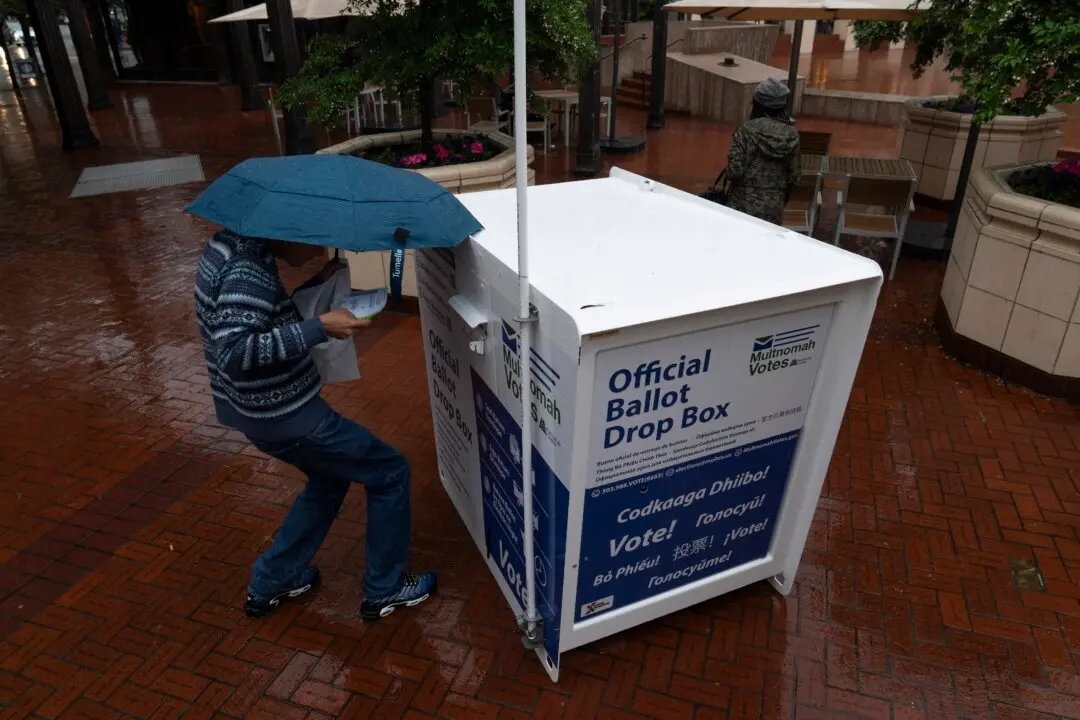The number of American workers seeking unemployment benefits last week jumped to 419,000, well above expectations and a sign of a bumpy labor market recovery as the economy bounces back from pandemic lows.
Initial filings for unemployment insurance, a proxy for layoffs, came in at 419,000 for the week ended July 17, the Labor Department said in a release (pdf) Thursday, an increase of 51,000 over the previous week’s level. Economists polled by Reuters predicted 350,000 applications for the latest week.





